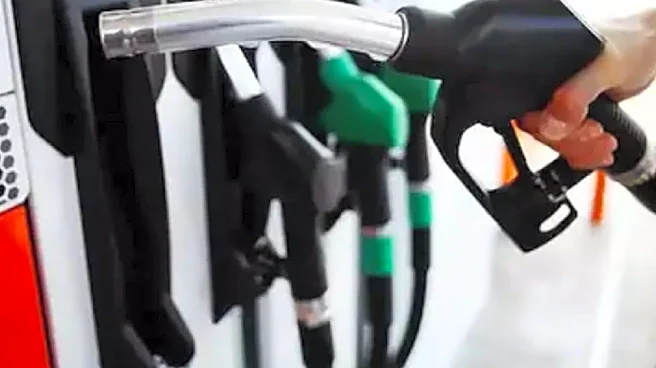Traffic has become a daily battle that eats up hours of our lives. Long commutes and constant delays have become so normal that many people joke they spend more time on the road than with their families.
Now, Biocon chief Kiran Mazumdar-Shaw has shared some eye-opening numbers about how crowded India’s major cities have become. According to the statistics she shared, Delhi leads with the highest road network, with 32,000 km of roads supporting 1.54 crore vehicles.
“We are woefully short of roads,” wrote Shaw in her social media post X.
We are woefully short of roads. pic.twitter.com/HccB3k9g5l
— Kiran Mazumdar-Shaw (@kiranshaw) November 23, 2025
Bengaluru, frequently criticised for its traffic snarls, has 12,878 km of roads and 1.20 crore vehicles,
making it one of the most strained cities in terms of road density. Chennai manages 6,000 km of roads with 64 lakh vehicles, while Pune has just 2,100 km of road network supporting 53 lakh vehicles.
India’s financial capital Mumbai operates with 2,000 km of roads and 42 lakh vehicles, while Kolkata has 1,850 km of roads for 25 lakh vehicles.
Social media reactions
The post quickly garnered attention.
One person commented, “They need to consider roaded AREA. Not just LENGTH alone. Blore has a zillion narrow lanes. So if you look at length alone, it appears a lot. But when you consider surface AREA of all the roads, it’ll then correctly reflect as being much more inadequate for the number of vehicles.”
They need to consider roaded AREA. Not just LENGTH alone. Blore has a zillion narrow lanes. So if you look at length alone, it appears a lot. But when you consider surface AREA of all the roads, it'll then correctly reflect as being much more inadequate for the number of vehicles
— infra_pronto (@infra_pronto) November 24, 2025
Another person commented, “Length is not the only factor. Width too matters. Length x Width per car is likely to be least of all the mentioned cities for Bengaluru.”
Length is not the only factor. Width too matters. Length x Width per car is likely to be least of all the mentioned cities for Bengaluru.
— Abhishek Kaushik (@abhishekiitd) November 23, 2025
“We need better quality roads and organised traffic management and huge improvements to public transportation. More roads aren’t the answer if it means wiping out the remaining greenery,” wrote the next.
We need better quality roads and organised traffic management and huge improvements to public transportation. More roads isn’t the answer if it means wiping out the remaining greenery.
Bengaluru needs to stop expanding and allow for suburban growth. This expansion of Bengaluru…— Mahesh Sharma (@mssharma) November 24, 2025
Bengaluru traffic is worse than Mumbai and it is known fact.
Now if we deep dive into your screenshot and compare Mumbai to Bengaluru(Vehicle Vs Roads)Bengalore Population 1.44Cr(14.4M)
Vehicle/Km = 932(120L/12878)Mumbai Population 2.21Cr (22.1M)
Vehicle/Km = 2100 (2000/42L)…— ????????????????.???????????????????????? ???????????????????? (@CaptVenkatReddy) November 24, 2025
Vehicles to hit 494 million by 2050
A study by CEEW warns that the number of vehicles in India is going to grow extremely fast in the coming decades. The study mentioned that in 2023, India had 226 million vehicles on the road, and by 2050, this number is expected to more than double, reaching 494 million vehicles.
CEEW projects that two-wheelers will dominate this surge, with nearly 350 million scooters and motorcycles expected on the road by 2050, accounting for 70 per cent of the country’s total vehicles.














